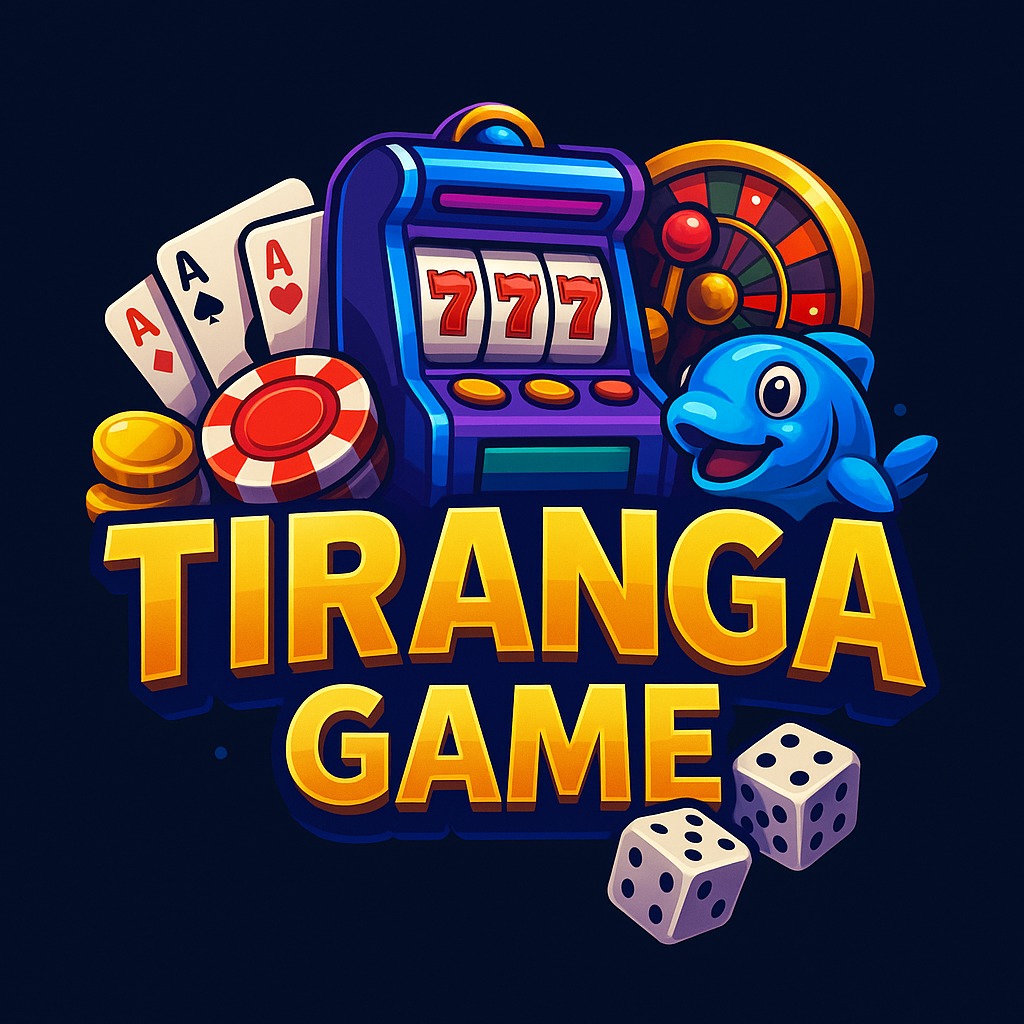India, with its rich heritage, cultural diversity, and strong sense of national identity, has always celebrated patriotism through symbols, festivals, and traditions. Among the most powerful symbols is the Tiranga, or the Indian tricolour flag. It represents courage, peace, and prosperity—values that have shaped the country’s past and continue to guide its future. In recent years, this powerful symbol has inspired a creative and educational trend: the Tiranga Game.
More than just a game, the tiranga game is a platform to celebrate national pride and instill patriotic values in a fun and engaging manner. Whether played in schools, communities, or digital spaces, the Tiranga Game brings together entertainment and education, offering participants a meaningful way to connect with India’s spirit.
What is the Tiranga Game?
The Tiranga Game is not one single, fixed game—it’s a concept, a theme-based activity or set of games that center around the Indian national flag and its core values. These games are typically introduced during patriotic occasions like Independence Day (15 August), Republic Day (26 January), and Gandhi Jayanti (2 October). However, their value is not limited to specific dates. They are equally relevant in classrooms, community programs, and online learning modules year-round.
At its core, the Tiranga Game combines national pride, teamwork, and knowledge-building, often involving challenges or questions based on Indian history, freedom fighters, national symbols, or geography. The main goal is to educate young minds about India’s identity and encourage unity in diversity.
The Symbolism of the Tiranga
Before exploring the various forms of Tiranga Games, it is essential to understand the meaning behind the Indian flag, which inspires these games:
-
Saffron (top band): Symbolizes courage and sacrifice.
-
White (middle band): Represents truth, peace, and honesty.
-
Green (bottom band): Signifies faith, fertility, and prosperity.
-
Ashoka Chakra (wheel): A 24-spoke navy-blue wheel representing the eternal wheel of law and progress.
Games that are based on the Tiranga draw from these meanings to create challenges that reflect bravery, truth, harmony, growth, and action.
Types of Tiranga Games
Tiranga Games can be designed in many formats—physical, digital, creative, or intellectual. Here are the most common types:
1. School-Based Tiranga Activities
Schools across India often use the Tiranga Game concept during patriotic celebrations:
-
Tiranga Relay Race: Students pass the flag through a relay while reciting national slogans or facts.
-
Tiranga Quiz: A competition where teams answer questions about India’s freedom movement, national symbols, and Constitution.
-
Role Play Game: Students dress as historical leaders and act out key moments from India’s independence struggle.
-
Craft and Art Contests: Participants make creative representations of the Tiranga using paper, flowers, or eco-friendly materials.
These activities help students learn while having fun and feeling proud of their heritage.
2. Community-Based Tiranga Events
Local community centers, youth clubs, and social groups often host Tiranga-themed events that bring together people of all ages:
-
Tiranga March: A parade where participants carry flags and wear tricolour outfits, singing patriotic songs.
-
Tiranga Treasure Hunt: Teams follow clues related to Indian culture and history to find a hidden flag.
-
Unity Games: Games like tug-of-war or team challenges that emphasize collaboration and community spirit.
Such events promote inclusiveness and social harmony, reminding people that the flag belongs to every Indian, regardless of background.
3. Digital Tiranga Games
In the digital age, Tiranga Games have also found their way into mobile apps, online quizzes, and interactive platforms:
-
Tiranga Trivia App: A quiz app with levels covering Indian history, geography, current affairs, and national leaders.
-
Virtual Flag Hoisting Game: Players simulate hoisting the flag at famous Indian monuments like the Red Fort or Gateway of India.
-
Freedom Fighter Adventures: Role-playing games where users complete missions inspired by leaders like Mahatma Gandhi, Subhas Chandra Bose, or Rani Lakshmibai.
-
Map Puzzle Game: Players match states and capitals to complete the map of India.
These digital games are ideal for the younger generation and help them learn in an interactive and modern format.
Educational Value of the Tiranga Game
The Tiranga Game is not just about fun—it is a powerful educational tool. By participating, players develop:
-
Historical knowledge: Learning about events like the 1857 revolt, Quit India Movement, and the making of the Constitution.
-
Civic awareness: Understanding the rights and duties of Indian citizens.
-
Cultural appreciation: Recognizing the beauty of India’s linguistic, religious, and regional diversity.
-
Teamwork and leadership: Especially through group games that require coordination and trust.
Such values are critical in shaping responsible and proud citizens who respect the ideals of democracy and unity.
Patriotism Through Play
One of the most beautiful aspects of the Tiranga Game is its ability to bring people together. In a country as diverse as India, games themed around the Tiranga serve as a reminder of “unity in diversity.”
Whether it’s children building the flag with paper, teenagers playing a patriotic mobile game, or families joining a community parade—each act celebrates the essence of being Indian. Games also break the barriers of language and background, uniting players under a common identity.
Respecting the Tiranga
While playing Tiranga-themed games, it is crucial to remember that the Indian flag must be treated with the highest respect. According to the Flag Code of India, the flag should never be torn, dragged, or thrown. It must always be displayed with dignity and honor. Game organizers must ensure:
-
The flag is not used in disrespectful or commercial ways.
-
Players are taught the significance of the Tiranga.
-
Activities conclude with proper folding and storage of the flag, if used.
These practices ensure that the Tiranga remains not just a part of the game but a sacred symbol of the nation.
Conclusion
The Tiranga Game is more than a game—it is a movement to bring patriotism, learning, and unity into the everyday lives of Indians. By blending fun with purpose, it engages children, youth, and communities in meaningful ways. Whether offline or online, in schools or public spaces, the Tiranga Game builds awareness, respect, and national pride.
In a world filled with distractions, it offers a powerful reminder: that the tricolour is not just to be saluted—it is to be understood, celebrated, and lived. Through the Tiranga Game, the flag waves not only on poles, but also in hearts.






